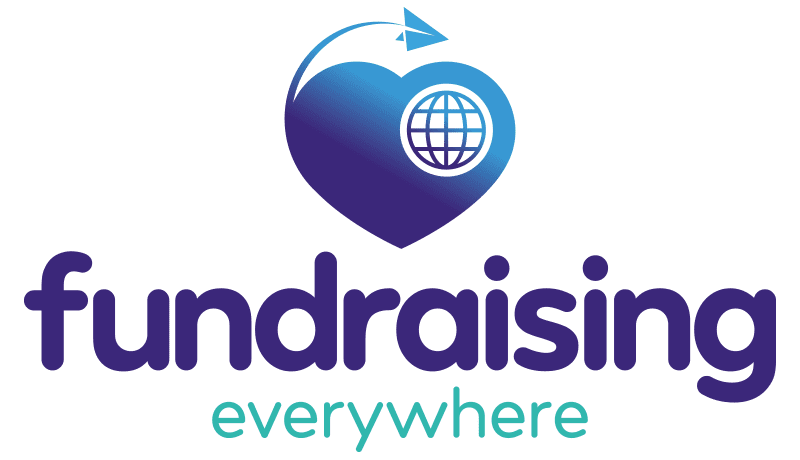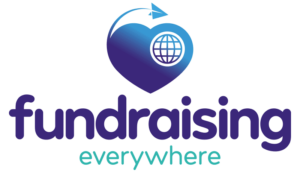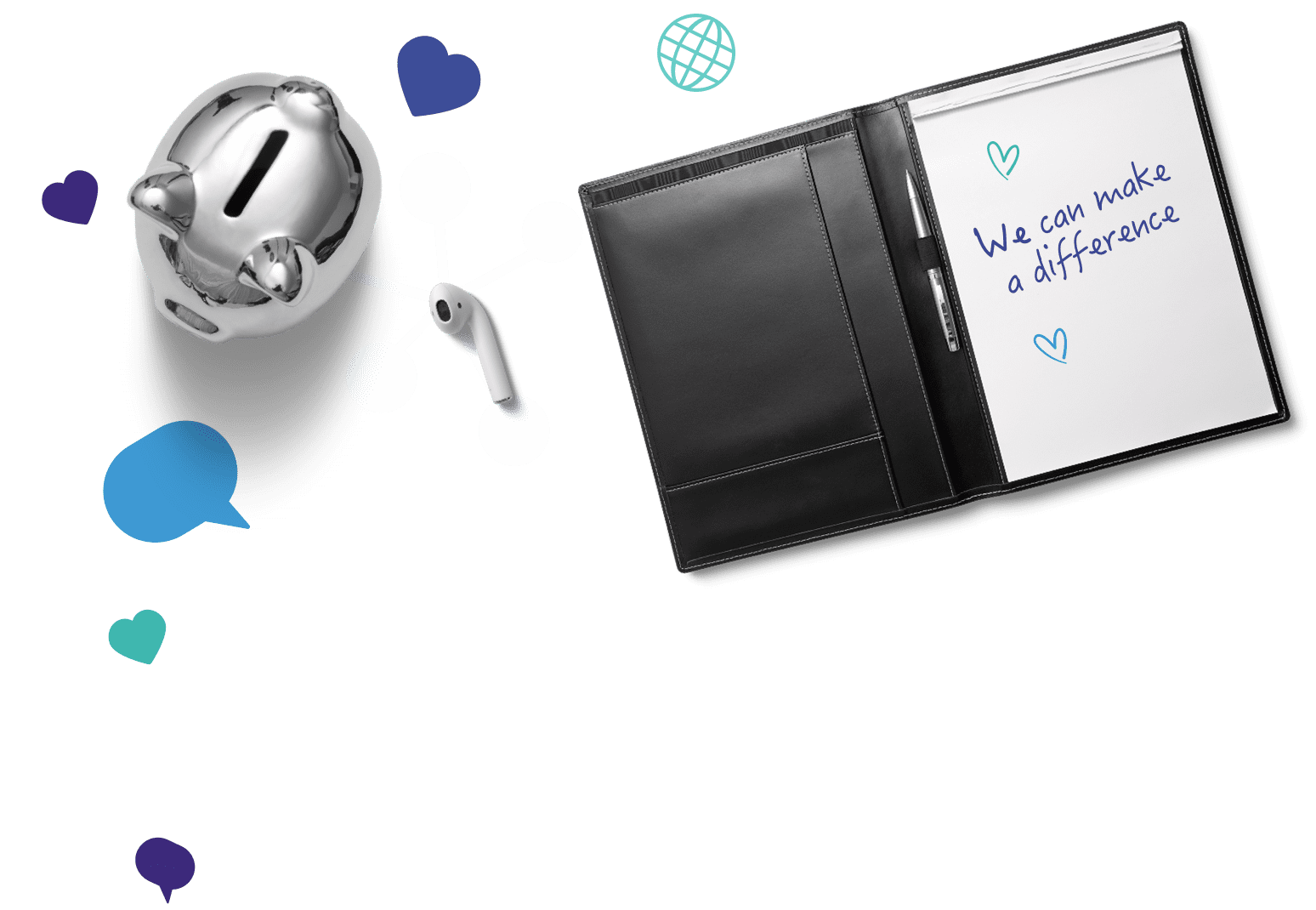
College always seemed unattainable from Nick’s underresourced neighbourhood and high school, considering the average cost of a college education in the United States is $38,270 per student per year. But when Future Forward connected Nick to scholarships, internships, and work-study opportunities, everything changed. Nick, along with 87% of Future Forward’s participants, graduated from college on time and debt-free.
The story above is powerful on its own, but what makes it truly persuasive is the data behind it. Imagine if the story read like this instead:
Nick never thought he could afford college, but Future Forward connected him to resources that made it possible.
Without data, the story fails to demonstrate the significance of Nick’s challenging journey and the results of his story. Whether your organisation is writing a compelling fundraising appeal or a thank-you message to donors, the stories you tell are most effective when you back them up with data.
In this quick guide, we’ll review the intersection of data and storytelling and explore how your charity can use it strategically.
What is Data-Driven Nonprofit Storytelling?
If you’ve ever read a guide on donor engagement or talked to someone from a peer organisation, storytelling has likely been a recommended communication practice. But infusing your stories with data is a unique process that can enhance the messages and outcomes.
Data-driven storytelling is the practice of blending narrative techniques with quantitative and qualitative data to communicate your organisation’s impact. This involves contextualising data within a captivating narrative arc—for example, saying, “Meet Luis. He’s one of the 1,000 students whose future changed because of your support.”
Data-driven stories may centre around various perspectives, including the experiences of your supporters, beneficiaries, and organisational leaders. Most importantly, data positions your supporters as the story’s hero and highlights the need for continued support.
How Does Data Improve Storytelling?
In an increasingly digital age, your audience is inundated with stories through the platforms they engage with daily, such as social media and streaming services. Your message needs to capture their attention, but simply telling a story isn’t always enough.
Data in storytelling enhances:
- Credibility. Your charity’s stories likely focus on organisational accomplishments, and 53% of donors view this as a signal of a charity’s trustworthiness. Backing up claims about your achievements with impact data can make your stories more credible.
- Clarity. Data-driven stories simplify complex information and make it more engaging for your audience. Stories attach real-world scenarios to your work, demonstrating the practical ways your organisation drives its mission forward.
- Connection. Data enhances emotional resonance when paired with human stories. By incorporating data into your email strategy, social media posts, and other communications, you can get your audience emotionally invested in your routine outreach.
Ultimately, data is a flexible tool that allows charities to appeal to a broader audience, whether you’re aiming to be logically persuasive by proving a claim or emotionally compelling by pulling at the audience’s heartstrings.
3 Strategies for Using Data in Nonprofit Storytelling
Developing data-driven storytelling techniques requires carefully choosing which data you share and where you place it in the story. Let’s review the strategies you can follow to use your data effectively.
1. Gather and clean your data.
Data management is critical to successful outreach. For example, you must have updated email addresses to reach the right people with event invitations and accurate information to personalise donor messages.
Data in storytelling should be accurate and relevant to the overall narrative. Start by conducting a data audit to identify what information you already collect and where gaps may exist. Depending on what you find, you may need to:
- Aggregate data from various sources, like integrating survey results with CRM data, and eliminating duplicate entries
- Develop data entry standards, such as formatting rules for addresses (i.e., 123 Ferry Boulevard vs. 123 Ferry Blvd)
- Append missing or outdated information to fill in gaps where possible
Schedule routine data hygiene checks to ensure consistent upkeep of your charity’s most important information. Clean, well-organised data lays the groundwork for trustworthy and meaningful storytelling as your data—and your stories—evolve.
2. Build an Impact Framework.
An Impact Framework is a strategic resource that defines how your organisation plans to deliver on your mission (the impact you’re looking to create in the world) as well as how you will measure and communicate this impact (or tell your impact story). This Framework will serve as a valuable tool for aligning your storytelling with your data, helping stakeholders understand how your efforts translate into outcomes.
According to UpMetrics, selecting and leveraging an Impact Framework requires the following steps:
- Consider your goals. Look for Frameworks that closely align with your impact measurement and management goals.
- Critically evaluate different frameworks. Determine which Frameworks will help you evaluate the data that’s most relevant to your charity’s operations.
- Prepare your data. As we mentioned above, practice solid data hygiene and identify sources you may need to explore for further data collection.
- Be patient. Don’t try to draw insights from your Framework immediately, but give it time to surface trends from your progress.
- Create engaging impact reports. Optimise your impact reporting efforts by using infographics, videos, and other eye-catching elements.
Of course, the final step of leveraging an Impact Framework is to act on its insights. Incorporate insights gathered into your decision-making processes so you can do more good, which will provide more impact data to incorporate into future stories.
3. Use data visualisation tools.
While certain data points can clearly deliver shocking facts, storytellers must be careful not to saturate heartfelt narratives with mundane or difficult-to-understand statistics. Data visualisations—such as infographics, bar charts, timelines, heat maps, and various other illustrations—enable charities to enhance comprehension, spark engagement, and help audiences retain information.
Getting Attention’s marketing statistics reveal the importance of leveraging visualisation for visual storytelling:
- Posts with images have a 650% higher engagement rate.
- Infographics are 30 times more likely to be read than a written article.
- Wistia’s video platform reported a 15% increase in video plays and a 44% jump in watch time in 2023, indicating that video content marketing is growing more popular.
Think of storytelling as a spectrum where you must avoid two extremes. Your story shouldn’t lack data altogether, but it also shouldn’t read like a dull data report. Data visualisations offer a sweet middle ground where your audience receives the perfect blend of data and storytelling.
Make sure your visualisations reflect your organisation’s brand. Stick to a consistent colour palette, label everything clearly, and highlight key takeaways. Also, include diverse data, especially when visualisations represent donor contributions. For example, overemphasising major donors may leave volunteers feeling insignificant in your organisation’s work.
Wrapping Up
When used thoughtfully, data can elevate your charity’s message and deepen your connection with supporters. Add data points to your current outreach and plan future communication strategies dedicated to sharing impactful data. With a calculated approach, you’ll integrate data seamlessly into your narrative.






